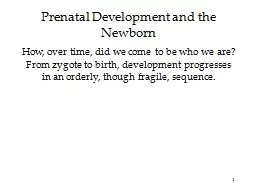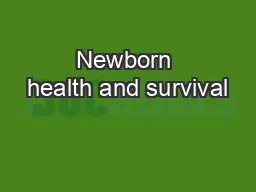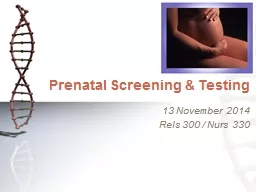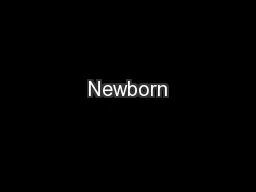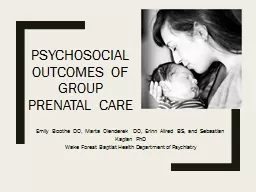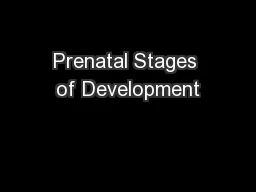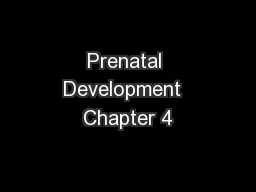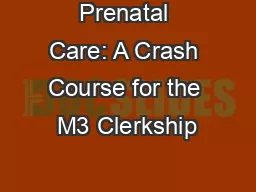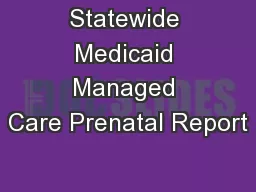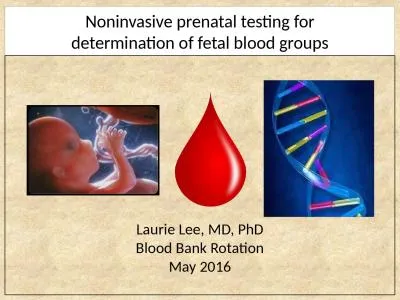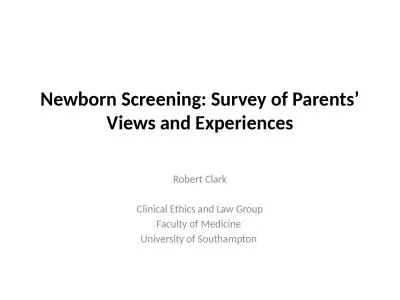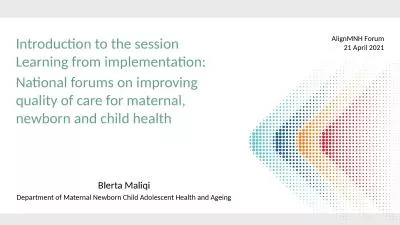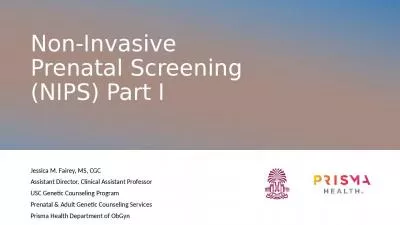PPT-1 Prenatal Development and the Newborn
Author : alexa-scheidler | Published Date : 2017-08-08
How over time did we come to be who we are From zygote to birth development progresses in an orderly though fragile sequence 2 Conception A single sperm cell male
Presentation Embed Code
Download Presentation
Download Presentation The PPT/PDF document "1 Prenatal Development and the Newborn" is the property of its rightful owner. Permission is granted to download and print the materials on this website for personal, non-commercial use only, and to display it on your personal computer provided you do not modify the materials and that you retain all copyright notices contained in the materials. By downloading content from our website, you accept the terms of this agreement.
1 Prenatal Development and the Newborn: Transcript
Download Rules Of Document
"1 Prenatal Development and the Newborn"The content belongs to its owner. You may download and print it for personal use, without modification, and keep all copyright notices. By downloading, you agree to these terms.
Related Documents

